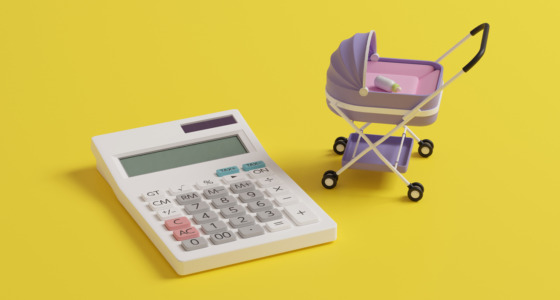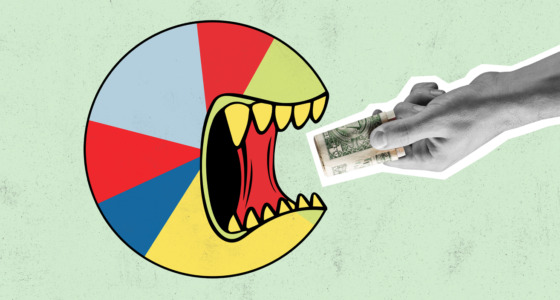

You might have heard about the term moratorium period. It is the time during which the borrowers in a loan do not need to make any contributions to the bank. For some, it helps because they get more time to arrange funds in case they don’t have them at the moment. But some people avoid using this period as they know that the more time they take to repay, the more interest they need to pay with the loan amount. In this article, we will discuss in detail what a moratorium period is and give examples of its use.
The central concept behind the moratorium period
Speaking about the basic concept behind the moratorium period, the first thing to mention is that it is often the only way borrowers can get time to repay their loan amount. It is mainly taken into account by people who have taken home or educational loans. They can utilize it to arrange funds and ensure they don’t fall into the category of defaulters. To be more technical – the borrower halts the payments and makes every effort to resume them after the period is over.
Understanding the basics of the loan moratorium period
The moratorium period for a home loan starts after the bank or any authorized agency grants the loan to the applicant. The first reason for initiating this period was to give the borrower time to check his financial situation, sort out a way of repaying the loan amount and financially prepare himself to make payments on time.
Earlier, the bank only allowed a moratorium period in the home loan before the first installment, but after a time, they changed the rules. Now, you can get this period in the middle of your loan repayment cycle only (if your authorized lender allows for the same). There is one more important thing to mention, i.e., the interest on the loan is included over that period.
Example of a moratorium period
To better understand the moratorium period, let’s take as an example a home equity loan taken out by a businessman from India:
- Arun had applied for a bank loan of $500,000 with one of the top banks across the country. He wanted to expand his chain of restaurants in New Delhi.
- The bank granted the loan in January 2020, and Arun agreed to monthly installments of $100,000 (total payment of $600,000).
- Arun had to pay the monthly installments from February. However, due to the pandemic, he had to temporarily close his restaurants affecting his financial situation worse.
- So, considering this an emergency in the field, the bank decided to grant a moratorium period. It lasted from March 2020 to June 2020 without including any additional cost. The moratorium period helped Arun adjust to doing business in India’s capital during Covid and get time to plan all his finances.
Note! Although the moratorium period was the optimal solution for Arun, it is not suitable for everyone, as interest on the loan usually continues to accrue during it.

Is a moratorium period beneficial?
The choice to halt the payments when a person is in a challenging financial situation gives him a chance to improve his monetary flexibility. If some borrower is not able to pay his loan, the moratorium period is the only shot that can save him from further trouble.
On the other hand, if some person chooses a moratorium period, he/she has to pay a larger sum to the bank because the interest for that period is calculated and added to the final loan amount. So, the borrower should agree to a deferral only if he/she is willing to overpay.
Are the grace period and moratorium period meaning the same?
There are a lot of people who get confused with the moratorium and grace period. Well, there is a significant difference between the two. A grace period is a set time after payment during which it can be made without penalty. The period lasts, on average, about a week only (a maximum of 15 days). After it is over, the person has to pay the penalty for missing the deadline (late fee, credit rating downgrade, etc.).
In turn, the moratorium period lasts for a few weeks or months, and the loan borrower does not need to pay anything during it. In addition, there is no late fee or other penalty associated with the moratorium period.
The bottom line
So, the moratorium period can be a huge relief for people who want time to prepare themselves financially for repaying the loan. It is also one of the best options to solve momentary monetary hardships. Some banks even provide a moratorium period as some products’ default choice. However, you must calculate the possible risks and be prepared to overpay interest.









